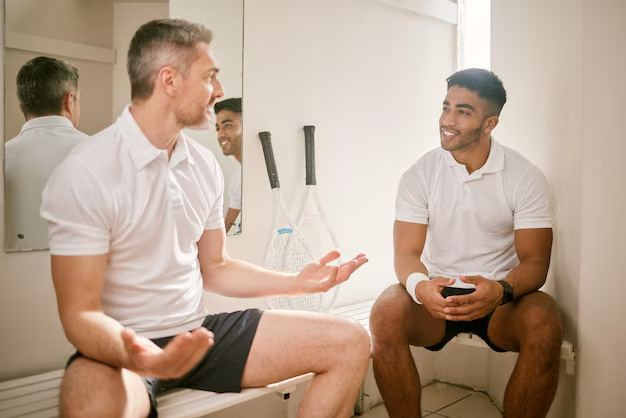Wondering if Kegel Exercises Really Work for Incontinence? Discover the Facts Here
If you've ever felt the sudden urge to find a restroom and worried about not making it in time, you're not alone. Incontinence is a common concern for many people, affecting both men and women. The good news is there's a simple, yet effective set of exercises that can help you regain control: Kegel exercises. But do they really help with incontinence? The answer is a resounding yes!
How Kegel Exercises Improve Incontinence
Kegel exercises target the pelvic floor muscles, which play a key role in bladder control. Strengthening these muscles can lead to significant improvements in urinary and even fecal incontinence. Here's how they help:
- Strengthened Muscles: By regularly performing Kegels, you're building up the strength of muscles that support your bladder and bowel.
- Improved Control: With stronger muscles, you can enhance your ability to tighten and relax, giving you better control over urination.
- Prevention of Leakage: Over time, performing Kegels can lessen the chances of accidental leakage when you laugh, sneeze, or exercise.
Getting Started with Kegel Exercises
Wondering how to begin? Here's a straightforward guide:
- Identify Your Muscles: Try stopping your urine mid-flow. The muscles you use are your pelvic floor muscles.
- Get Comfortable: You can do Kegels sitting, standing, or lying down.
- Contract and Hold: Tighten these muscles for a count of 3-5 seconds, then relax. Repeat 10-15 times per session, aiming for at least three sessions a day.
By integrating Kegels into your daily routine, you'll likely notice improvement within a few weeks. Consistency is key, so stick with it!
Beyond Kegel Exercises: Financial and Educational Support Options
While Kegel exercises can be life-changing for those dealing with incontinence, it's also important to consider other support systems that can enhance your quality of life. Engaging in activities that alleviate stress, seeking medical advice, or exploring lifestyle changes can be beneficial. Additionally, financial assistance programs and educational grants can provide support beyond health needs, allowing you to focus on recovery and wellbeing without financial strain.
Helpful Programs and Solutions
- 🏥 Healthcare Assistance Programs: Cover costs related to incontinence supplies or treatments.
- 💰 Financial Assistance for Medical Needs: Aid for those facing high medical bills due to incontinence treatments.
- 📚 Adult Education Grants: For individuals seeking to retrain or gain new qualifications while managing their health.
- 💼 Debt Relief Solutions: Options may include consolidation or management plans, especially for individuals financially affected by medical expenses.
In conclusion, Kegel exercises are highly effective for managing incontinence, offering a simple yet powerful solution to what can be a distressing problem. By exploring additional support systems such as financial aid and educational opportunities, you can enhance your overall quality of life, paving the way for a more confident and empowered future.

Related Topics
- a Patient You Are Caring For Uses Incontinence Briefs
- Are Incontinence Products Tax Deductible
- Are Incontinence Supplies Covered By Medicare
- Are Incontinence Supplies Tax Deductible
- Can a Bladder Infection Cause Urinary Incontinence
- Can a Kidney Stone Cause Incontinence
- Can a Urinary Tract Infection Cause Incontinence
- Can a Uti Cause Incontinence
- Can Constipation Cause Incontinence
- Can Constipation Cause Urinary Incontinence